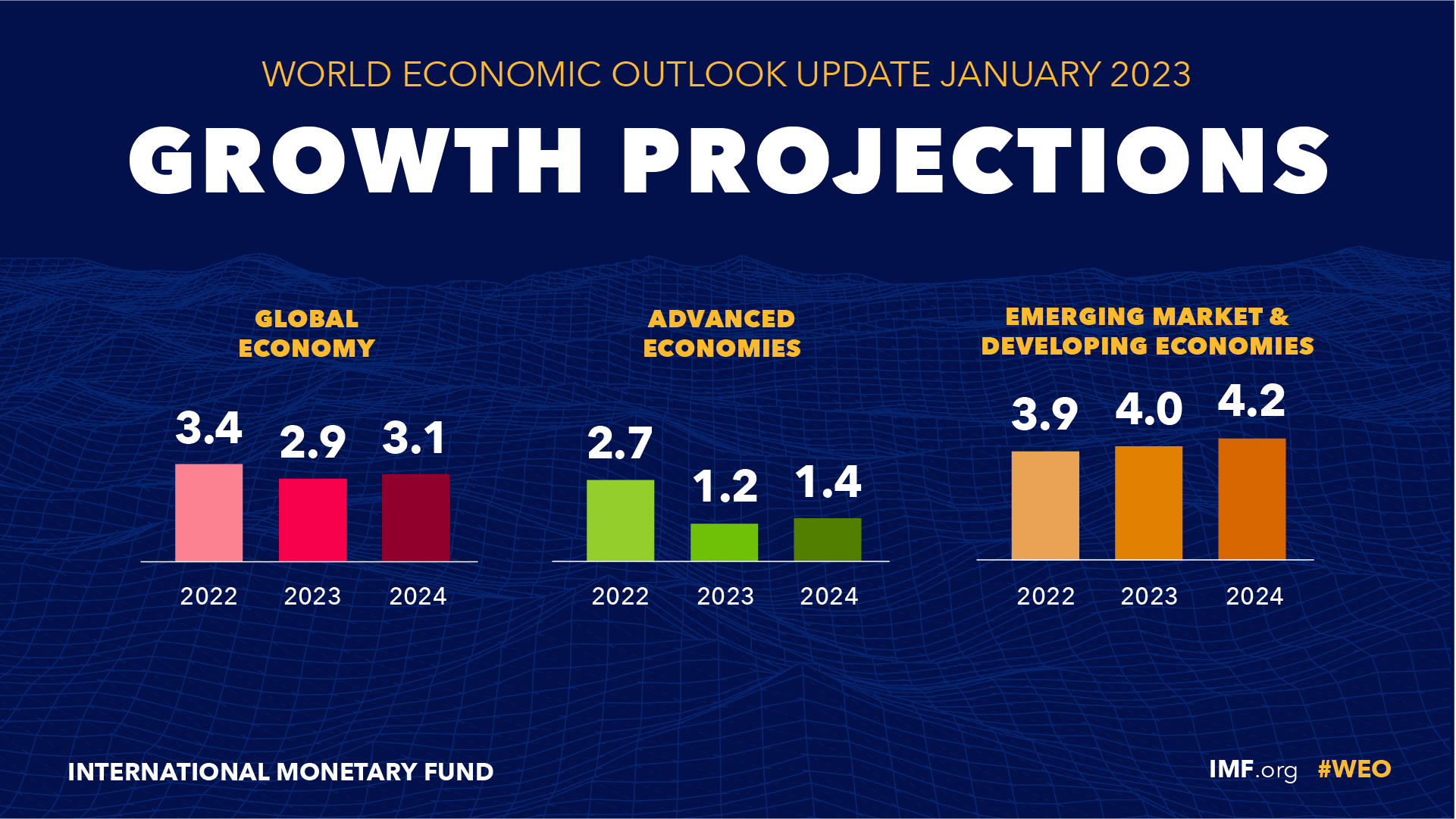Global Supply Chains Navigating the New Normal
The Lingering Shadow of the Pandemic
The COVID-19 pandemic dramatically exposed the vulnerabilities inherent in global supply chains. Years later, the scars remain. Disruptions to manufacturing, port congestion, and a surge in demand for certain goods created a perfect storm, leading to shortages, inflated prices, and significant delays. While the immediate crisis has subsided, the pandemic’s impact continues to shape the landscape of global trade and logistics, forcing businesses to re-evaluate their strategies and prioritize resilience.
Geopolitical Instability and its Ripple Effects
Beyond the pandemic, geopolitical tensions are adding another layer of complexity to global supply chains. The war in Ukraine, trade disputes between major economies, and increasing protectionist sentiments are all contributing to uncertainty and disruption. Companies are grappling with sanctions, shifting alliances, and the need to diversify their sourcing and manufacturing locations to mitigate the risks associated with political instability. This necessitates more agile and adaptable supply chain models capable of swiftly adjusting to changing geopolitical dynamics.
The Rise of Nearshoring and Reshoring
In response to the vulnerabilities exposed by the pandemic and geopolitical uncertainties, many companies are actively exploring nearshoring and reshoring strategies. Nearshoring involves relocating manufacturing and production closer to the home market, often within the same region or continent, while reshoring means bringing manufacturing back to the company’s home country. This approach aims to reduce lead times, transportation costs, and dependence on distant suppliers, enhancing overall supply chain resilience. However, it also presents challenges, including higher labor costs in some regions and the need to establish new infrastructure and relationships with local suppliers.
Technological Advancements: Automation and Data Analytics
Technology is playing a crucial role in navigating the new normal for global supply chains. Automation, particularly in warehousing and logistics, is improving efficiency and reducing reliance on manual labor. The use of robotics, AI-powered systems, and autonomous vehicles is streamlining processes and minimizing human error. Simultaneously, the increasing availability of data and sophisticated analytics tools enable companies to gain greater visibility into their supply chains, predict disruptions, and optimize inventory management. This data-driven approach allows for proactive risk mitigation and improved decision-making.
Sustainability Concerns and Ethical Sourcing
Consumers and investors are increasingly demanding greater transparency and accountability in supply chains. There’s a growing emphasis on sustainability, with concerns about carbon emissions, waste reduction, and ethical sourcing practices taking center stage. Companies are under pressure to demonstrate their commitment to environmental, social, and governance (ESG) principles throughout their supply chains. This necessitates a shift towards more sustainable materials, greener transportation methods, and fairer labor practices, potentially impacting costs and operational models.
Building Resilience and Adaptability
The new normal for global supply chains demands a shift towards greater resilience and adaptability. Companies must move beyond traditional, linear models and embrace more flexible, diversified approaches. This includes building stronger relationships with suppliers, investing in technology to enhance visibility and control, and developing robust risk management strategies to anticipate and mitigate potential disruptions. Proactive planning, scenario modeling, and continuous monitoring are essential to navigate the complex and ever-changing landscape



